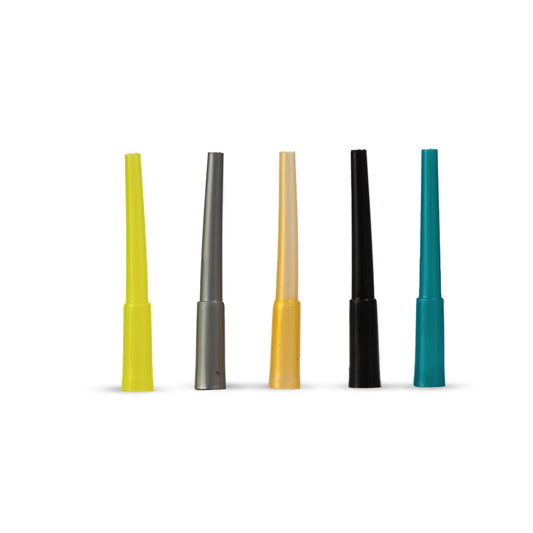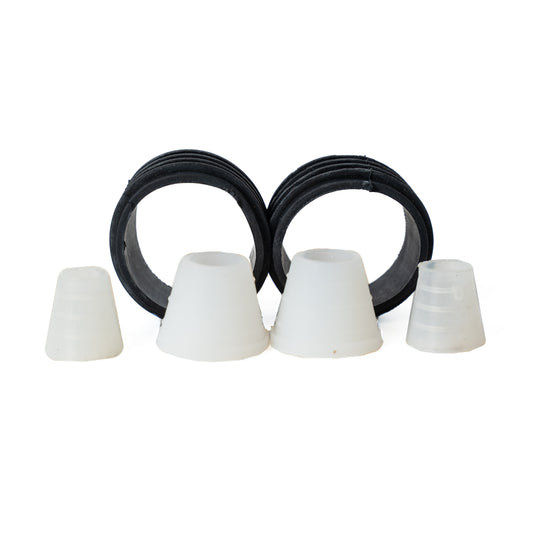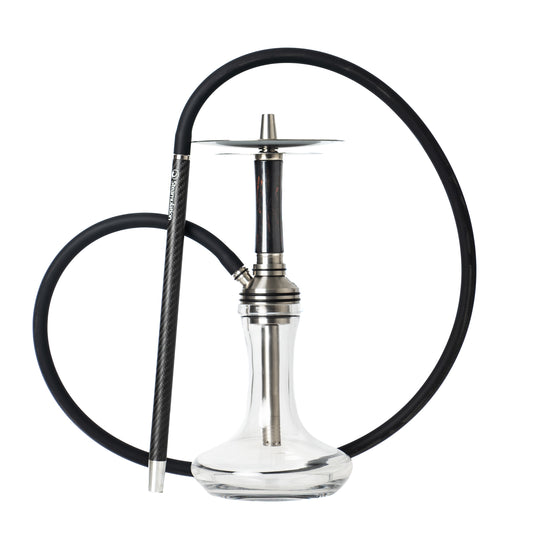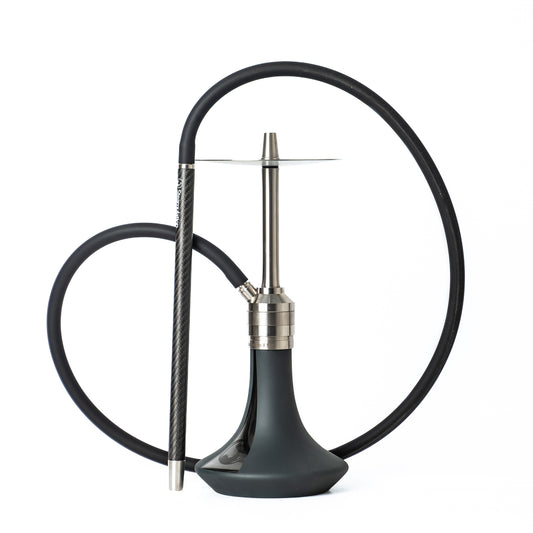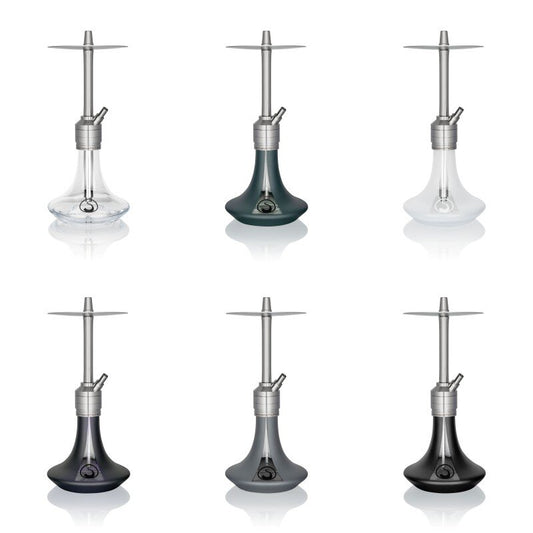Primary Components of Hookah Smoke vs. Cigarette Smoke
Share
Both hookahs and cigarettes have been popular means of tobacco consumption for centuries. While the cultural and social aspects of their usage differ, it's crucial to understand the components of the smoke they produce. This article delves into the primary constituents of both hookah and cigarette smoke.
Hookah Smoke: Not Just Water Vapor
There's a common misconception that hookah smoke mainly consists of water vapor. In reality, it contains several harmful substances:
- Nicotine: Though its concentration might vary, nicotine, an addictive substance, is always present in hookah smoke.
- Carbon Monoxide (CO): Produced due to the burning of charcoal, CO levels can be substantially high in hookah smoke.
- Heavy Metals: Lead, chromium, and arsenic, among others, are released from the burning of charcoal.
- Carcinogenic Chemicals: Polycyclic aromatic hydrocarbons (PAHs) and volatile aldehydes are found in hookah smoke due to the heating of tobacco.
Cigarette Smoke: A Known Health Menace
Cigarette smoke is a complex mixture of thousands of chemicals, many of which are harmful:
- Nicotine: The primary addictive component and a major reason for cigarette dependence.
- Tar: A sticky substance that contains many carcinogens and remains in the lungs.
- Carbon Monoxide (CO): Hinders the blood's ability to carry oxygen.
- Formaldehyde, Benzene, and Vinyl Chloride: These carcinogenic chemicals are just a few among the many present in cigarette smoke.
- Heavy Metals: Including cadmium, lead, and arsenic.
- Hydrogen Cyanide: Harmful to the respiratory system and used in chemical weapons.
Comparative Analysis
When comparing the two:
- Both hookah and cigarette smoke contain nicotine, though the quantity might differ based on consumption patterns.
- While cigarettes deliver nicotine via direct burning of tobacco, hookahs produce smoke by heating tobacco using charcoal. This process introduces additional harmful components, like CO from the charcoal.
- Cigarette smoke generally contains a higher concentration of toxicants due to direct combustion, but hookah users might intake more smoke volume given the longer smoking sessions.
Conclusion
Both hookah and cigarette smoke expose users to a range of harmful substances. While they have distinct chemical profiles owing to different usage methods, neither can be considered "safe" or "risk-free." Awareness about the components and associated health risks is crucial for informed decision-making.














